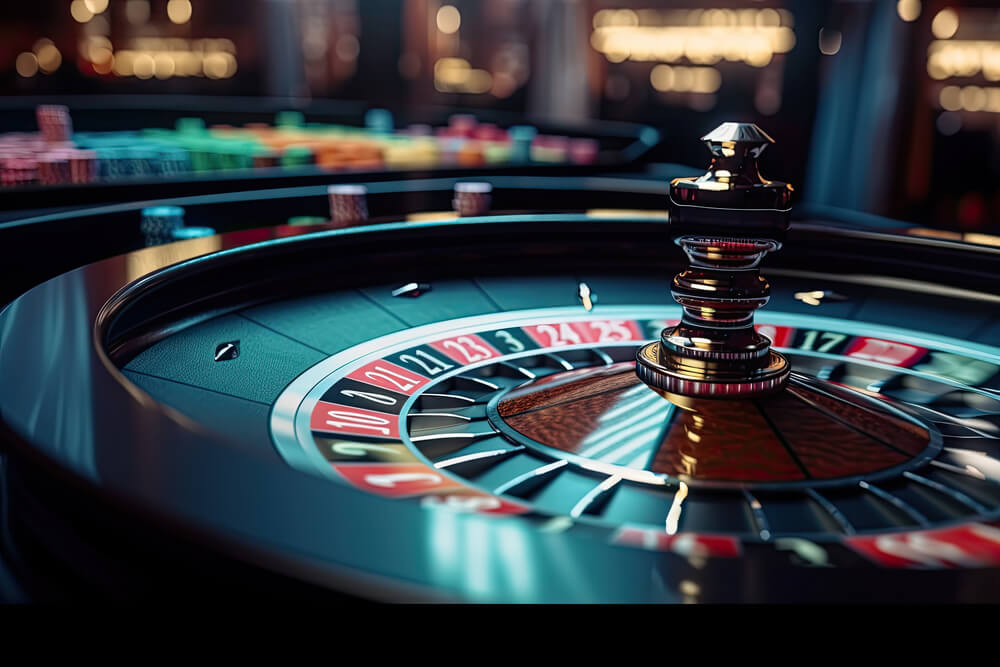
Casino experiences have long captivated people’s attention, drawing players into a world filled with luck, planning, and the allure of adventure. Each activity is meticulously crafted not just for fun, but also to evoke particular emotional responses that keep gamblers immersed and interested. Understanding the reasons behind these designs reveals much about how human psychology plays a key role in the gaming experience.
From the bright lights and dynamic sounds to the complex layering of systems and payoffs, casino games are designed to create an atmosphere of anticipation and anticipation. Game designers leverage mental cues to influence participant behavior, whether through the use of winning opportunities, close-call situations, or social connections. By examining these factors, we can better appreciate how casino games fulfill not just a want for entertainment, but more profound psychological needs for excitement and risk.
Grasping Player Behavior
Casino games are designed with a profound understanding of gamer psychology, which is crucial for luring and keeping players. The thrill of the game, coupled with the expectation of winning, establishes a formidable allure. Game designers employ elements like sound effects, colorful graphics, and captivating gameplay to seize attention and generate emotional responses. These sensory elements enhance the total environment, making players feel more invested in the game.
Another significant aspect of player behavior is the concept of risk versus reward. Casino games often balance risky situations with the potential for substantial rewards, which can cause the phenomenon known as near-miss phenomenon. When players come close to winning, the brain releases dopamine, reinforcing their behavior and encouraging them to keep playing in pursuit of that fleeting win. This cycle of hope and frustration plays a crucial role in how games are constructed and promoted.
Lastly, social factors also play a pivotal role in player behavior at casinos. Many games are designed to be played in teams or with other players, creating a sense of community and collective experience. The interaction inherent in games like poker enhances enjoyment and can lead to longer play sessions. Designers take advantage on this by creating environments that prompt players to linger, socialize, and return, making the overall casino experience more attractive.
The Role of Visuals and Sound
Visuals and audio play a vital role in elevating the player’s experience within gambling games. Designers utilize bright colors, striking graphics, and engaging animations to grab gambler’s attention and sustain their interest. The use of themes, such as adventure or opulence, helps create an immersive atmosphere that takes players into a different world. By connecting to the senses, these elements add to a intensified emotional response, prompting players to interact more profoundly with the games.
Sound design is just as important in reinforcing the overall experience of gambling games. The mix of background music, audio effects for winning combinations, and ambient noises creates an auditory landscape that keeps players fascinated. Audio cues associated with victories, such as chiming bells or festive music, evoke feelings of thrill and reward, prompting players to keep playing. These sound cues are strategically placed to enhance the excitement of the game and create a more immersive experience.
Moreover, the alignment of imagery and sound is important for reinforcing the game’s overall theme and atmosphere. Each element should align seamlessly to create a unified experience that pulls players in. The effective use of this integration not only enhances user satisfaction but also increases the likelihood of return play, as players become more engaged in the immersive world that the gambling games offer. This thoughtful combination of imagery and audio ultimately enhances player involvement and commitment.
Reward Systems and Engagement
The design of casino games greatly relies on reward systems to ensure participants involved and coming back for more. These structures are based in psychological theories that take advantage of human behavior and desire. Participants are often driven by the thrill of success, which is reinforced by instant feedback through the game structure’s design. This prompt satisfaction not just improves the overall experience but also fosters a feeling of success, prompting players to keep playing in hopes of greater gains.
Casinos adopt various reward structures, such as large payouts, extra rewards, and multipliers, to engage players. These elements create a layer of thrill that sustains engagement. Additionally, the randomness of outcomes plays a significant role in sustaining attention. https://bk8.loans/ The intermittent reinforcement schedule, where successes are random but happen often enough, maintains participants on edge and driven to continue participating. This loop of anticipation and expectation is essential to the effectiveness of gambling experiences.
In addition, social elements, such as tournaments and multiplayer features, boost the participation factor by tapping into the desire to compete of players. The shared experience of gaming with others can intensify the excitement of winning and create a sense of community within the gaming space. By combining these social dynamics with efficient reward systems, gambling experiences not only offer entertainment but also nurture a deeper connection among players, reinforcing their loyalty to the overall experience.
